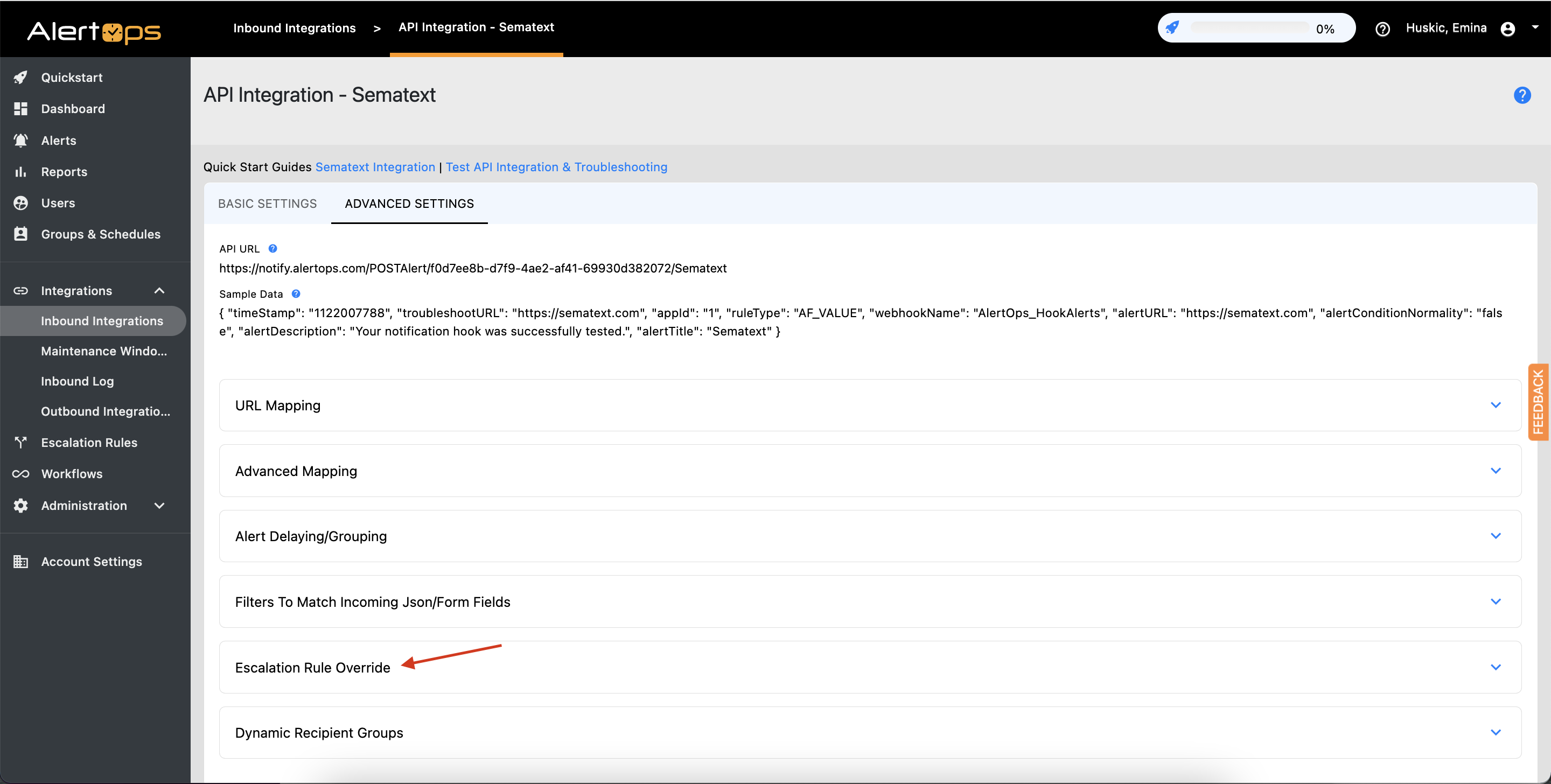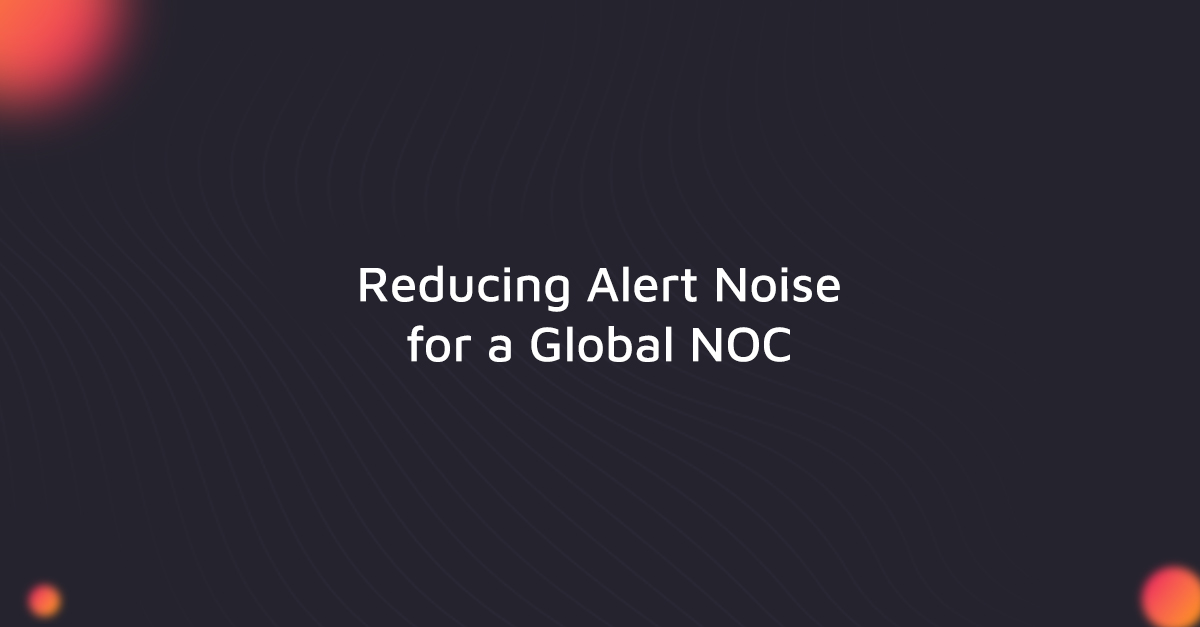Not long ago, monitoring tools were just nice additions to have and did not have a lot of purposes. However, as technologies scaled up and became more complex, keeping track of all the systems and their health became a huge challenge. As more and more brands started offering new digital services and moved the existing platform, the competition skyrocketed and being on top of system health and proactively resolving potential incidents became crucial. Further, efficient monitoring and data collection drive innovation and improvement.

Monitoring and incident management.
The low switching cost that emerged as a result of the growing competition in digital services has enhanced the importance of monitoring and real-time data gathering. In a lot of cases, we see the incident management teams scrambling for information once an incident occurs, especially during off-hours, resulting in the loss of valuable time during the golden hour. Having the relevant data ready is of prime importance in minimizing downtime. The incident management team requires data to take informed and precise decisions.
Monitoring and improvement.
Monitoring tools are key in constantly improving efficiency. The systems have changed drastically from a monolithic structure to cloud and most recently to hybrid. This shift has resulted in a spike in the complexity of the systems as well as difficulty in monitoring.
DevOps team members are generally skeptical about making changes to an existing application that is running smoothly at the given point. This is due to a lack of visibility and the knowledge gap resulting due to it. The “don’t touch it as long as it is working” logic may sound good, but it badly hampers improvement and could even result in an unanticipated major incident. The sheer volume of nodes, queries, cores, and replications makes modifying these applications a scary prospect for the team. Though the productivity of individuals and teams is hampered by the lack of improvement, they still seldom do anything to change anything due to the knowledge gap.
Road Ahead
Efficient monitoring is imperative in maintaining a complex structure of systems. The complexity of distributed systems makes manual monitoring impossible and hence, having a great monitoring tool is necessary. The biggest advantage of leveraging an efficient monitoring tool is that it bridges the knowledge gap. It allows DevOps teams to have a deeper understanding of the applications and constantly improve the through informed decisions.
The other front where monitoring tools bring a lot of value to the table is incident management. These tools offer real-time visibility and provide the key information to make data-driven decisions. They also help teams to build logic to avoid alert bombardment and the resulting alert fatigue, making sure that you see what you need to see, and you see only what you absolutely need to see.
To know more, watch this interesting conversation our Alertops team had with Caleb Bruski from SemaText:



